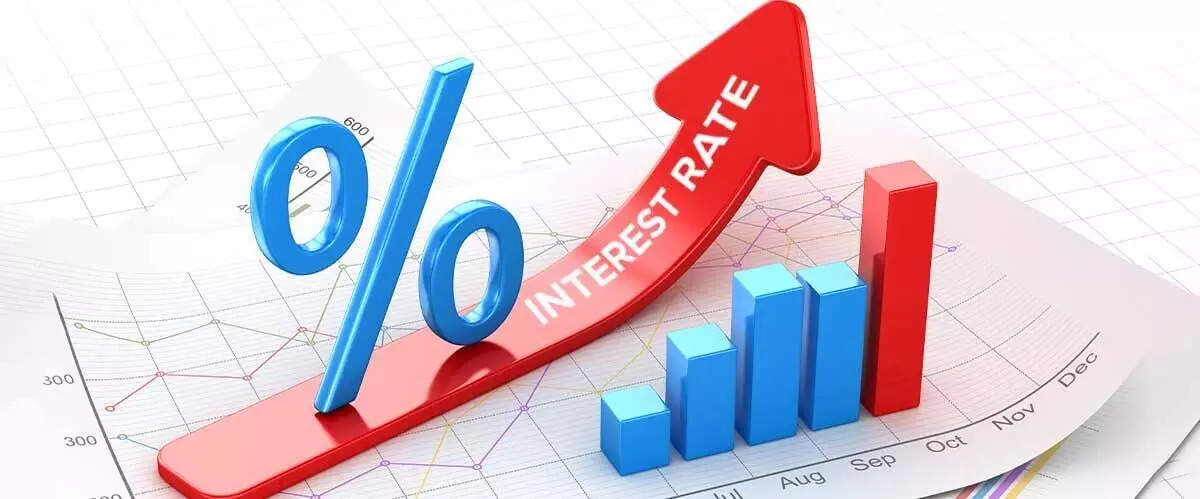Q3 Thrive Newsletter
Decoding Inflation

It’s no secret prices are rising on goods and services and have been for over a year now. It’s hard to think back to January of 2021 (yes, only 18 months ago) when the inflation rate was 1.9%. Fast forward to today and the CPI currently stands at 8.6%, the highest reading in over 40 years.
There are several factors that contribute to inflation spiking over the last 18 months some of which are listed below:
In 2022 the global supply chain was essentially shut down for a month and periodic country-based lock downs continued thereafter causing massive back-ups in shipping goods and shortages in supplied need to make those goods.
Over 45% of the total U.S. money supply was put in circulation in 2020 and 2021…45% more dollars chasing the same amount of good and services.
Energy prices were on the rise and then spiked abruptly this year due to the war in Ukraine and elimination of oil imports from Russia. This not only makes gas more expensive but every item you purchase because energy is used to transport it.
Interest rates remained extremely low heading into 2022 with the FED funds rate at only 0.25%. Raising interest rates can help control inflation but the fact we are coming from such a low FED funds rate means the amount and pace of rate hikes will be aggressive. At the moment we are on pace for the second largest rate hike year of year since 1973.
Even though inflation is high and gas prices are high there is pent up demand for summer travel and fun from multiple years of restrictions due to COVID. This furthers “heats ups” inflation as more dollars is spent.
These factors among others will continue to be a challenge when attempting to tame inflation moving forward. I personally do not expect inflation to go down as quickly as it has risen but think we will see the peak in inflation in the next 12-18 months.
Source: https://fred.stlouisfed.org
The Good News About Rising Interest Rates
There’s no shortage of headlines talking about the overall economy and the headwinds that exist. One example is rising interest rates which have increased substantially over the past 6 months with the 10-year treasury bond yield rising from about 1.5% to 3.5% as of writing this article. This in turn has increased the average 30-year mortgage rate from just over 3% to almost 6% which is not favorable for those looking to purchase a house.
This all seems like dire news especially when thinking about how low interest rates have been over the last 14 year but in the midst of chaos is opportunity. Bonds and other interest-bearing are beginning to pay a reasonable interest rate making them and other types of investments more attractive. Below are a few examples.
Series I Bonds
Series I bonds are interest-bearing U.S. government savings bonds that have been mentioned in the news recently because they give investors a return plus inflation protection on their purchasing power. We’ve had several questions from you and want to make sure you have a good look at the benefits and side effects.
The Basics
- The bond matures over a 30-year period.
- The interest rate in comprised of a fixed rate and an inflation rate.
- The current interest rate of bond issued between May and October 2022 is 9.62%
Benefits
- They offer protection against inflation especially when inflation is elevated.
- They are considered a lower risk investment because they’re issued by the government.
- Can be cashed in after one year
- The inflation rate changes every 6 months meaning when inflation goes up so does the iiinterest rate
Side Effects
- They are non-marketable meaning it cannot be sold in the secondary market.
- If the bond is cashed in before 5 years you lose the previous 3 months interest
- The maximum purchase amount is $10,000 per calendar year.
- The inflation rate changes every 6 months meaning when inflation goes down so does the iiiinterest rate
- The fixed interest rate is currently 0% and has not been above 1% since 2007.
Series I Bonds can be useful for a small amount of assets during periods of high inflation but are not necessarily a long-term investment strategy due to the ebbs and flows of inflation over time.
Bond Mutual Funds and ETFs
Bond mutual funds and ETFs have been impacted by rising interest rates in some cases more than major stock market indices. For example, the iShares 20+ year treasury index ETF is down over 20% this year which is more than the Dow and S&P 500. But amid the carnage there are certain bond asst classes that are not in free fall and are continuing to pay a higher and higher interest rate.
Insurance Products
Life insurance is not often looked at for investment growth especially when the interest rates have been so low for so long. But that has suddenly changed with life insurance fixed accounts rates near 5% and projected go higher as the Federal Reserve continues to raise interest rates. This along with the advent of indexed life insurance products allows an investor to grow their cash value like an investment. Distributions can also receive favorable tax treatment if done correctly.
Fixed annuities have also been out of vogue for some time with low interest rates. The rising interest rate environment has helped increase virtually all fixed annuity rates in some case by over 50%. The safety of this type of investment can be attractive but there are side effects that need to be assessed depending on your situation.
Sources: www.treasurydirect.com, https://fred.stlouisfed.org, morningstar.com
